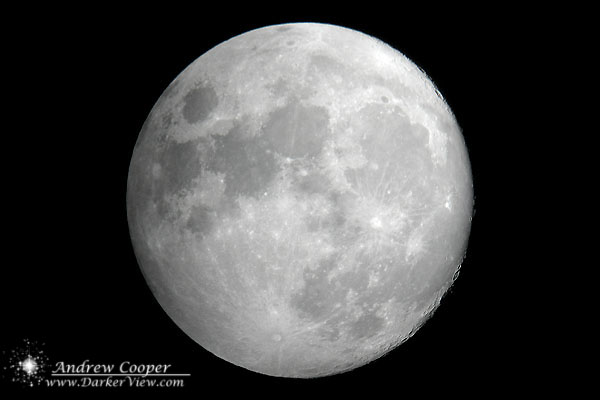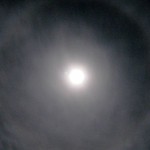
Tag: Moon
Enjoying the Moonlight
Deb and I did a volunteer evening at the VIS last night. A great night with a great crowd, the sort of evening that defines the reason we continue to volunteer at the Mauna Kea VIS. Lots of great questions, great conversations and a little learning about the sky and Mauna Kea. As the southern cross hung above the slopes of Mauna Loa my green laser was busy pointing out constellations and bright stars.
The only real problem with the evening was the nearly full Moon hanging in the sky. The bright moonlight drowning out many of the deep sky objects we would normally view. Even bright objects like M13 were merely dim smudged in the eyepiece in place of the beautiful sights they offer under darker skies. With these conditions much of the telescope viewing was concentrated on the Moon and a beautiful planet Saturn.
One activity that is always a hit with a bright Moon partly makes up for the loss of dark sky viewing. I hold and quick course in introductory lunar photography using the afocal method. Show a few people how to take lunar photos and there is soon a line of people waiting at the refractor for their turn to try a few frames. A few hints and people are quickly taking great lunar shots, a photo and a memory to take home from the mountain.
The evening sped by quickly, spent in conversation with guests from the islands and from across the US. People ask about the sky as seen from different latitudes and locations. A few visitors from other countries add their perspective. It is often interesting to hear about other names for constellations or to learn bits of folklore from many other cultures.
So often the crowd disappears an hour after dark, driven off by the cold and wind. This night many didn’t go until it was time to shut down the telescopes. I guess they were not ready to end an enjoyable evening under moonlight.

Lunar Halo
Damon alerted us to a nice display of a lunar halo currently gracing the skies over the Big Island. A nice example of a common 22° halo that can occur any time there is a thin layer if high cirrus. The 22° angle from the Moon is a result of refracting moonlight through ice crystals. These high altitude crystals act as little prisms, catching and deflecting the light at specific angles. The halo is actually very large, extending from 22° to 50° away from the Moon, but is brightest at the inner edge.

There is a great website, Atmospheric Optics, that has examples and explanations for the many beautiful effects that the play of light can create in the atmosphere. Sun dogs, rainbows, parhelic arcs, glories, specters and more.
This halo is fairly broad and ill defined, probably because the ice crystals are randomly arranged. The halo could be sharper if the crystals were all at the same orientation to us, something that can occur if the winds are right. I attempted a shot of this one, the first time I had attempted to photograph a lunar halo. Not the greatest photo, this was pressing the camera to it’s limit. Even so the image starts to show effects invisible to the human eye, including a hint of color at the inner edge of the halo.
